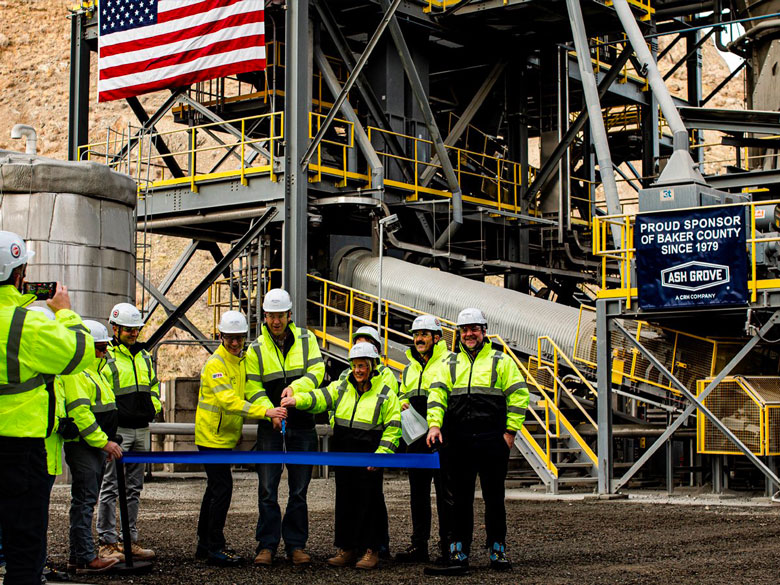A U.S. Department of Energy (DOE) pilot project is in the works to measure the greenhouse gas (GHG) intensity of certain industrial products or materials, likely led by cement, steel, aluminum and glass.
The move coincides with a greater emphasis on “clean” manufacturing and the need among companies, government officials, trading partners and consumers for a fair, coherent system to measure GHG emissions metrics attending energy-intensive industrial processes. New climate-focused trade policies around the world, national green procurement efforts such as the White House’s Buy Clean initiative for construction materials, international accords, and industry commitments are all driving demand for clean manufacturing, DOE notes.
The White House Task Force on Climate, Trade, and Industrial Competitiveness seeks to work with Congress, stakeholders, and trade partners to develop GHG intensity measurement tools and approaches for select industrial products or materials. DOE will support the work by combining data from existing sources to help build rigorous, timely, and accurate statistics.
“The Inflation Reduction Act and Infrastructure Investment and Jobs Act have sparked a wave of government-enabled and private sector-led investments in clean energy, helping our manufacturers become the cleanest and most competitive in the world,” said DOE Deputy Secretary David Turk. “Together with our international partners, the U.S. will significantly reduce emissions in our industrial supply chains while supporting competitive clean manufacturing.”
“For too long, people dismissed industrial emissions as too hard to tackle. But the Administration is changing the game, using all tools in the policy toolbox to accelerate the industrial transformation that we need to meet climate goals and support good manufacturing jobs in hard-hit industrial communities,” added U.S National Climate Advisor Ali Zaidi. “We’re now making progress in building the data infrastructure we need to accelerate this clean manufacturing strategy, enabling us to track and propel reductions in industrial emissions and support the competitiveness of clean manufacturing as the emissions intensity of traded goods becomes increasingly important.”
Sources: U.S. Department of Energy; Cement Products staff



